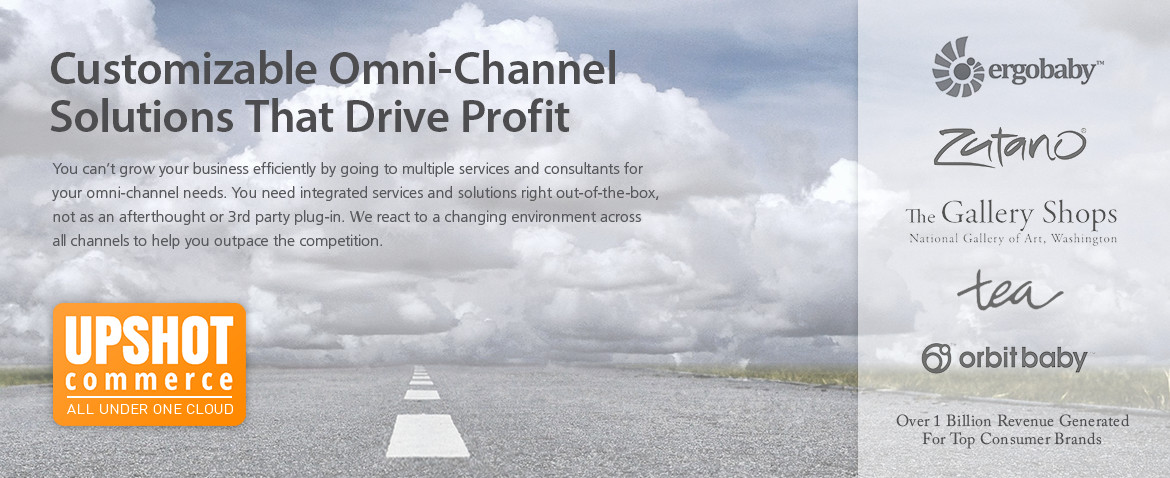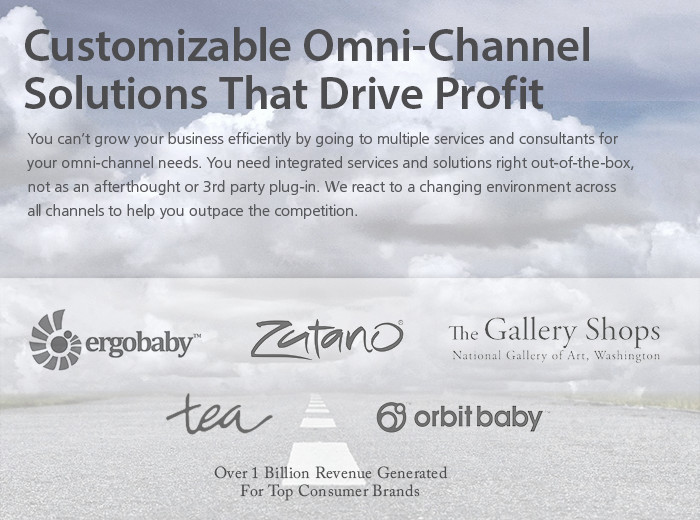Is your company at the crossroads, trying to determine if a full investment in Direct-to-consumer e-commerce is worth it?
Are you having doubts about the effectiveness of your current site?
Do you believe that your market is growing, while you are not?
If you answered “Yes” to any of the above – this post is for you.
For many brands the main reason for investing in e-commerce comes down to “Because everybody is doing it and we need to be competitive”. There are endless examples of brands failing to maximize their online selling, due to non-technical reasons.
The main issue is balancing of the relationship with your resellers or channel partners. This can be a powerful motivator to set prices that “don’t compete” with your retailer network. Nobody wants to piss off their resellers.
Source: Marketingland.com
That’s one way to ensure that your e-commerce will never take off. Losing the sale to one of your resellers means losing the relationship to the customer. One of the key benefits and primary reason for going direct is this opportunity to have direct access to the people who are buying and using your product. As a retailer – you get the golden chance to convey your brand’s message, to present your product and your business in the best possible way.
Together with the brand message, retailers also get the chance to build a relationship – a direct, two-way connection with the shopper. This can often dramatically increase the lifetime value of a customer and drive down the acquisition costs for new ones. Ultimately retailers will be best served when they figure out how to turn the customer into a fan. (More about this here.)
Possible Issues:
The Economics Need to Work
Is going direct the best option? Certainly not for everyone. Some retailers are faced with powerful competitors, who already have dominating web-presence. This means that e-commerce success will depend on a heavy upfront investment. It will be up to each individual retailer to determine what good return on this investment means for them and if going direct-to-consumer will result in an acceptable level of increased profits. In some cases the conclusion may be that DTC will only force the company into increased and unnecessary competition with rivals who have deeper pockets.
The Competition
The same argument is valid when the space one is competing in is really crowded – with tons of online presence and activity. This may require extra efforts ($$$) just to get noticed and these efforts will not always pay off. Or in situations when price is the primary driver for the purchase decision. In that scenario – one will be competing with Amazon and we all know how this ends.
Are You a Start-up?
Another possibility to consider is for young businesses. When you are a start-up brand in apparel for example – growing consumer awareness and driving organic growth can be tough on the web. At the same time a deal with a wholesale channel can offer product exposure at a faster pace. As a result, many young businesses may be better served by delaying the direct-to-consumer decision.
Why DTC Works:
Focus on Brand
The Direct-to-consumer approach will force your company to focus on the brand. Up to now you may have been wholesaler, manufacturer or good at building retail networks. By changing the focus your company will see the competitive landscape in a new way. The opportunities will look different too and even your team may need shaping up.
 Image Source: http://smartblog.wordpress.com/
Image Source: http://smartblog.wordpress.com/
Some may argue that they already have great sites, which are focused on the brand and deliver the message just as they need it. The question then becomes – do you smack e-commerce “functionality” on top of your branded site, or do you build a separate site?
Both choices have their shortcomings. A well working brand site may not be served well with the e-commerce as an add-on for two reasons: 1. E-commerce will most likely dilute the message and weaken the brand connection with the fans. 2. Having the e-commerce as secondary and add-on will not maximize your DTC potential.
Building a separate site for e-commerce is a slightly better option with one key drawback – as a new site- everything will be from scratch. Think about building traffic, SEO, history with the search engines, organic growth, etc.
This is why I usually advocate for a third approach. As a brand you already have a strong site with good ties to your community and sizable customer interactions. Then consider turning this main site into your flagship e-commerce store. Sure there might be some who would reject the focus on e-commerce. But your direct-to-consumer site is focused on those who would buy from you online. The rest can still enjoy the community links and functionality in a sub-section of the main site.
Establish Feedback Loops
This includes implementing Key Performance Indicators (KPIs) as well as social media integrations. As soon as you establish a base-line and start watching trends, and analyzing data you will start to get ideas how to respond to improve performance. As a side note – at this stage it becomes critical to have a reliable and proven ecommerce partner, who will help you grow your business and save you from making mistakes. We do this extremely well here at Upshot Commerce.
Image source: Statusboom.com
Scale and Leverage Your Online ‘Shelf-Space’
With a retail distribution network your brand often lacks the right amount, position or size of shelf-space. We all know how the competition has become mad. In 1980 there were 6 brands of jeans – now we have more than 800 and this is excluding the knock-offs. To get fair visibility for all your products, product variations, etc. – you have no other choice but to go direct. Will this have a positive effect on your sales? Without a doubt.
One Final Consideration
We have heard a brand say: “I know how to ship a pallet to a distributor, not a box to a customer” This is a valid concern as some of the top e-commerce platforms have shied away or completely ignored this kind of customer. Here – at Upshot Commerce we have invested extensively in providing the best possible solution with B2B and Direct-to-customer in one platform. Check out our 3PL service here .
Going back to the initial questions. Your Direct-to-consumer decision may be the most important for the future of your company and once you make it – it is critical that you find the right e-commerce partner. Do you want to talk to some of our customers about the kind of partner we are?




